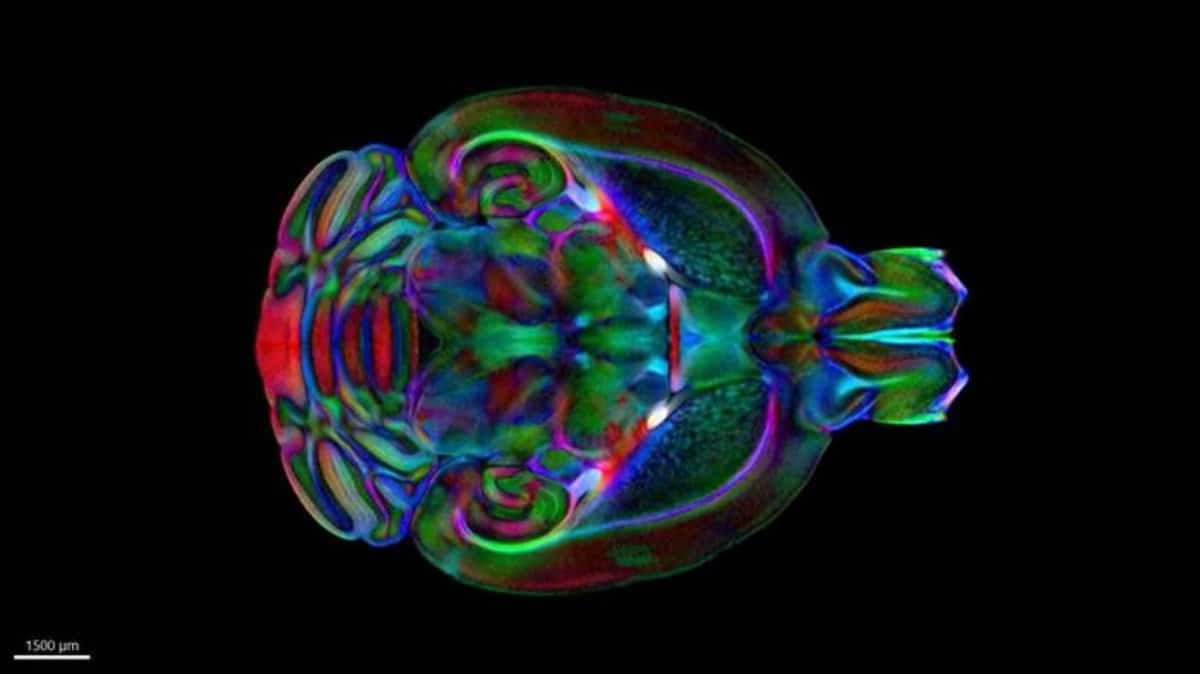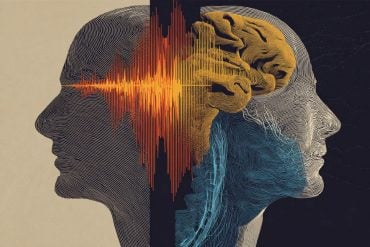Summary: Researchers have unveiled the Duke Mouse Brain Atlas, a cutting-edge, three-dimensional map that captures brain structures from large regions down to individual cells. Combining MRI, microCT, and light sheet microscopy, the atlas resolves imaging distortions and enables precise comparison across studies.
It offers a common spatial reference for scientists investigating neurodegenerative diseases, including Alzheimer’s and Huntington’s. Open-source and publicly available, the atlas promises to accelerate research and make brain mapping accessible to both experts and the public.
Key Facts:
- First 3D Stereotaxic Atlas: Integrates multiple imaging methods for accurate, undistorted mouse brain maps.
- Open Access: Freely available for scientists and educators to explore and use.
- Research Applications: Already helping track neurodegeneration in Alzheimer’s, Huntington’s, and toxin exposure models.
Source: Duke University
A new “atlas” developed by researchers at Duke University School of Medicine, University of Tennessee Health Science Center, and the University of Pittsburgh will increase precision in measuring changes in brain structure and make it easier to share results for scientists working to understand neurological diseases such as Alzheimer’s disease.
The tool, the Duke Mouse Brain Atlas, combines microscopic resolution, three-dimensional images from three different techniques to create a detailed map of the entire mouse brain, from large structures down to individual cells and circuits.

“This is the first truly three-dimensional, stereotaxic atlas of the mouse brain,” said G. Allan Johnson, PhD, Charles E. Putman University Distinguished Professor of Radiology at Duke. He is also professor in the Department of Physics and the Department of Biomedical Engineering.
Stereotaxic roughly means “in life,” or that the atlas accurately represents the brain as it appears in a living mouse, with external landmarks that can guide experimental procedures.
The atlas is needed because different types of imaging have their own pros and cons, Johnson said. Some can provide a high-resolution view of single brain cells, but that view is distorted by the tissue preparation and scanning, making it difficult to compare results to those from others’ work.
“The atlas provides a common space to which many different types of data can be registered so that it’s correctly oriented and undistorted,” he said.
The details are reported April 30, 2025, in the journal Science Advances.
Other Duke authors of the study are first author Harrison Mansour, a programmer/analyst in the Duke Center for In Vivo Microscopy, and Leonard E. White, associate professor in neurology.
Anyone can download and use the atlas in a range of open-source display packages. “Grade school students can appreciate the beauty of the brain, and neuroscientists can obtain much more accurate measures of brain changes,” Johnson said.
For instance, researchers are currently using the atlas to follow neurodegeneration in mouse models of Alzheimer’s disease, Huntington’s disease, and environmental exposure to toxic metals and pesticides.
To create the atlas, the researchers started with MRI, using diffusion tensor imaging to capture three-dimensional images of five postmortem mouse brains at the highest resolution ever reported (15 microns), Johnson said.
Imaging strategies and hardware developed over the past 40 years at the Duke Center for In Vivo Microscopy allowed the researchers to capture these images at a resolution 2.4 million times higher than clinical MRIs.
They then merged these images with microCT scans of the mouse skull to pinpoint key “boney landmarks.” Finally, they removed the brains from the skull to allow the use of light sheet microscopy to map cells in the same space.
“The combination of all three methods, at the highest spatial resolution in the same space, provides one of the most comprehensive maps of the mouse brain ever developed,” Johnson said.
About this brain mapping research news
Author: Shantell Kirkendoll
Source: Duke University
Contact: Shantell Kirkendoll – Duke University
Image: The image is credited to Duke University
Original Research: Open access.
“The Duke Mouse Brain Atlas: MRI and light sheet microscopy stereotaxic atlas of the mouse brain” by G. Allan Johnson et al. Science Advances
Abstract
The Duke Mouse Brain Atlas: MRI and light sheet microscopy stereotaxic atlas of the mouse brain
Atlases of the brain are critical resources that make it possible to share data in a common reference frame.
Unexpectedly, there is no three-dimensional (3D) stereotaxic atlas of the mouse brain that provides whole brain coverage at macro to single-cell levels.
Diffusion tensor images from five perfusion-fixed (in skull) specimens were acquired at 15 micrometers, the highest resolution ever reported.
Diffusion tensor imaging yields multiple 3D volumes, each of which highlights unique cytoarchitecture.
The averages were mapped into micro–computed tomography of the mouse skull to create external landmarks (bregma and lambda). Light sheet images of the same brains were coregistered, providing cell maps in the same stereotaxic space.
The Allen Reference Atlas was registered to the volume to correct the geometric distortion in that atlas and bring it into the stereotaxic space.
The resulting multiscalar (13 terabytes) atlas provides a common spatial framework to anneal data across molecular, structural, and functional studies of mice.






